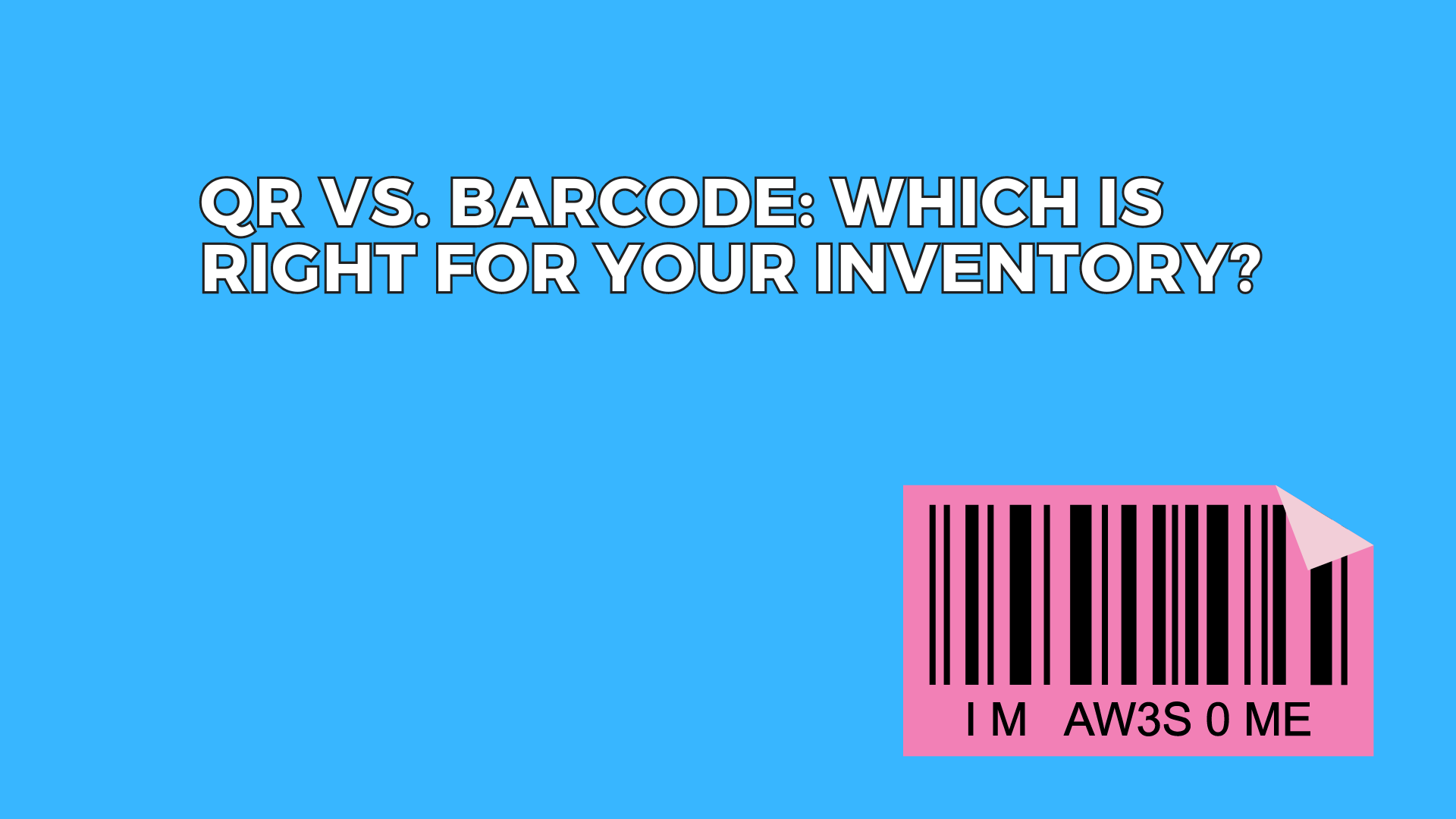As businesses strive to streamline their operations and improve productivity, the choice between using QR codes and traditional barcodes for inventory tracking becomes increasingly important. Both technologies offer unique advantages and considerations, making it essential for businesses to evaluate their specific needs and preferences before making a decision. In this blog post, we’ll explore the differences between QR codes and barcodes and help you determine which option is right for your inventory tracking requirements.
Understanding QR Codes and Barcodes
Before diving into the comparison, let’s first define what QR codes and barcodes are:
- Barcodes: Barcodes are a series of parallel lines, varying in width and spacing, that represent data in a machine-readable format. They are typically printed on labels or tags and can be scanned using barcode readers or scanners.
- QR Codes (Quick Response Codes): QR codes are two-dimensional barcodes that contain information in both the horizontal and vertical directions, allowing them to store significantly more data than traditional barcodes. QR codes can be scanned using smartphones or dedicated QR code scanners.
Advantages of QR Codes
- Data Capacity: QR codes can store much more information than traditional barcodes, making them ideal for inventory tracking applications that require additional data fields, such as product descriptions, serial numbers, or batch numbers.
- Versatility: QR codes can be scanned from any direction and at various angles, making them more versatile and user-friendly compared to barcodes, which require a specific orientation for scanning.
- Enhanced Security: QR codes can incorporate encryption and security features, allowing businesses to implement measures such as authentication and verification to protect sensitive inventory data.
Advantages of Barcodes
- Cost-Effectiveness: Barcodes are typically cheaper to produce than QR codes, making them a cost-effective option for businesses with large-scale inventory tracking needs.
- Widespread Compatibility: Barcodes are universally recognized and can be scanned using a wide range of inexpensive barcode scanners and readers, making them accessible to businesses of all sizes.
- Ease of Implementation: Barcodes are simpler to generate and implement compared to QR codes, requiring less time and resources for setup and integration into existing inventory management systems.
Choosing the Right Option for Your Inventory
When deciding between QR codes and barcodes for your inventory tracking needs, consider the following factors:
- Data Requirements: Assess the amount and type of data you need to store and retrieve for each inventory item. If you require extensive data fields or advanced tracking capabilities, QR codes may be the preferred option.
- Budget and Resources: Evaluate your budget constraints and resources available for implementing and maintaining an inventory tracking system. If cost-effectiveness and ease of implementation are primary concerns, barcodes may be the more practical choice.
- Scanning Equipment: Consider the scanning equipment available to your business and ensure compatibility with your chosen tracking technology. If your staff primarily uses smartphones for scanning, QR codes may offer greater flexibility and convenience.
- Future Growth and Scalability: Anticipate future growth and scalability requirements for your inventory management system. Choose a tracking technology that can accommodate your evolving needs and scale seamlessly as your business expands.
In conclusion, both QR codes and barcodes offer unique benefits and considerations for inventory tracking in businesses of all sizes. By carefully evaluating your specific requirements and preferences, you can choose the option that best aligns with your goals and objectives. Whether you opt for the enhanced data capacity of QR codes or the cost-effectiveness of barcodes, investing in a robust inventory tracking system is essential for optimizing efficiency, accuracy, and productivity in your operations.









